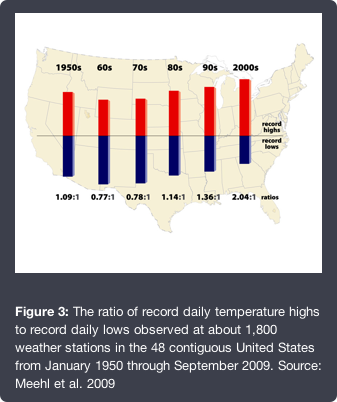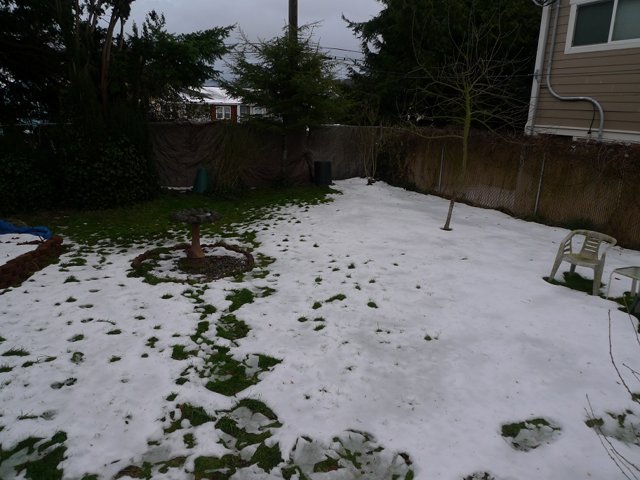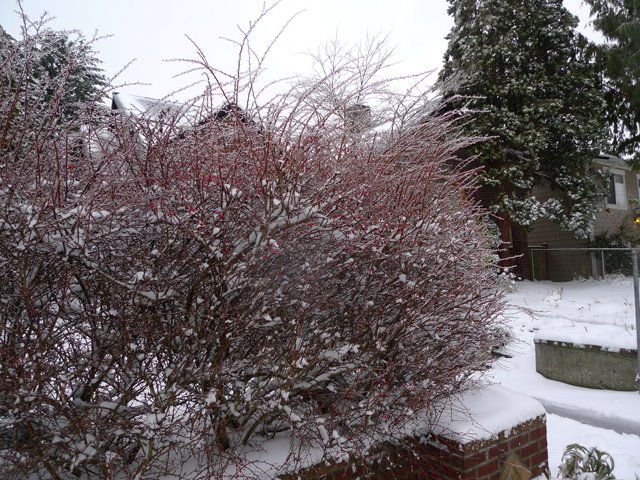Thoughts on a Variety of Things
Published at 19:40 on 3 December 2012
Introduction. This is going to be a somewhat long and rambling collection of thoughts prompted by a visit to Vashon Island last weekend. Conventional blogging wisdom says I’m not being a very good blogger big gaps in activity punctuated by periods when I post lots of content.
To hell with the conventional wisdom. Regarding the first electrical communications medium, Thoreau once wrote:
We are in great haste to construct a magnetic telegraph from Maine to Texas; but Maine and Texas, it may be, have nothing important to communicate.
Well, often times I have nothing meaningful to communicate. In those cases, the most appropriate course of action is to post nothing.
On last Saturday. I spend most of the day (and the following night) on the island, visiting some friends, touring artist’s studios, communing with nature, and generally evaluating Vashon Island as a possible place to move to and live one day.
On primal beauty. One of my favorite places on the island is Maury Island Marine Park (despite its name, Maury Island is connected by an isthmus to Vashon Island, making it a peninsula rather than an island of its own). Much of it is a pretty ravaged landscape, having once been a large sand and gravel quarry.
No matter. Nature is continually reasserting itself, showing that in the big picture, on the scale of eons, civilization’s depredations, catastrophic though they may be, will be but a fleeting departure from the normal wild state of things. Already madrone are spreading from the surrounding forest, colonizing the once-bare land, the sunny, denuded slopes being to the liking of this drought-adapted species near the northern limits of its range. Many of these relatively young trees are already the brilliantly intense red berries that are their fruit, ensuring that the pace of afforestation will only accelerate in the coming years.
So there it was, little bits of red so intense and vibrant littering the ground, contrasting so strikingly with the overall grayish-blue dusky scene. I didn’t even bother attempting to photograph any; some things must simply be experienced. Art always falls short of wild nature, serving at best as a reminder to get out and appreciate it.
On feelings, reason, and rationalization. Ultimately, it is the feelings inspired by direct, unmediated exposure to primal beauty and not logic or science which will save both the natural world and the possibility for freedom to exist. That’s not because science and logic have no value, but because they are merely amoral tools. It is as easy to construct arguments — logical arguments based on scientifically-determined evidence — against freedom and wildness as it is to construct arguments in their favor. We are ultimately not rational animals but rationalizing ones.
The forces of capitalism ensure that almost all the money is on the side of the destroyers. How do you privatize and monetize beauty and freedom? You can’t. But you can easily to both to natural resources, even when extracting these resources destroys beauty and freedom.
On Anarchism, Evolution, and Freedom. That freedom is possible is probably the greatest and best thing about the world and universe we find ourselves in. That’s probably why most authoritarian power structure value organized religion and why the advocates of both tend to get so upset when the lack of evidence for their boss in heaven is pointed out. The existence of our 3 billion year old biosphere proves that leaderless systems can work and create a lasting order — and order that has lasted at least six full orders of magnitude longer than any hierarchical civilization has lasted.
With all its warts and drawbacks, I can think of no better way to exist as a sentient being than as the way I do, in fact, exist — as an animal, as a product of a freely-organized and freely-evolved natural order in a world where the pursuit of greater freedom for all beings is possible. Morbidity and mortality are small prices to pay for this possibility of freedom.
On commuting. I tend to forget the above when I get wrapped up in my workaday city life. It’s particularly a hazard in a place like Seattle, which has not done a good job of preserving any large swath of nature close to the inner city. There is no Forest Park, Point Defiance Park, or East Bay regional park system here. One must cross a wide moat of sprawl in order to get to anything reasonably wild.
Of course, were I to live outside of the city that would not be the case. But it would be no win for either myself or the environment — I’d merely be replacing commuting to nature once a week with commuting to the office five times per week. Under my present circumstances, commuting cannot be eliminated, only minimized.
I hope to make the transition to mostly telecommuting within a year. That would make living out of the city more of a net win, if I could get my in-person appearances down to a weekly or fortnightly level.
On island living. This takes me full circle back to where I was on Saturday. Overall, I feel save saying now that Vashon is about what my previous observations led me to believe. It’s not a particularly good match for me. Although it’s not an awful match, and I could probably make it work, there’s a few things about it that give me pause.
For one, grocery shopping — a routine task for which it is thus critical to be able to accomplish on-island — the options are significantly more limited than on the mainland. There’s a small natural-foods store, but the key word is small. There’s a nice Thriftway supermarket there, but that is still slim pickings compared to the food co-ops found in Seattle (or in Bellingham, Mount Vernon, or Olympia).
There’s also a moat — one of water, this time — between the island and any truly large wild areas. Most of the island itself is exurban in character; there are many hobby farms on lots of 5 to 50 acres there. Swaths of wild land tend to be limited in number and size. If I’d want access to any wilderness, it would mean a ferry ride. Sure, there’s always bicycling the back roads on the island, but I’d still be on a machine on a paved road — not as good as being barefoot in the wilderness.
So, probably not. With the proviso that any future living arrangement I transition to is going to depend strongly on some particulars. If I find a home on Vashon which is in all other ways ideal, then I could see perhaps deciding to accept the other limitations of the place.
Realistically, though, the odds are against my finding that otherwise perfect match there.



